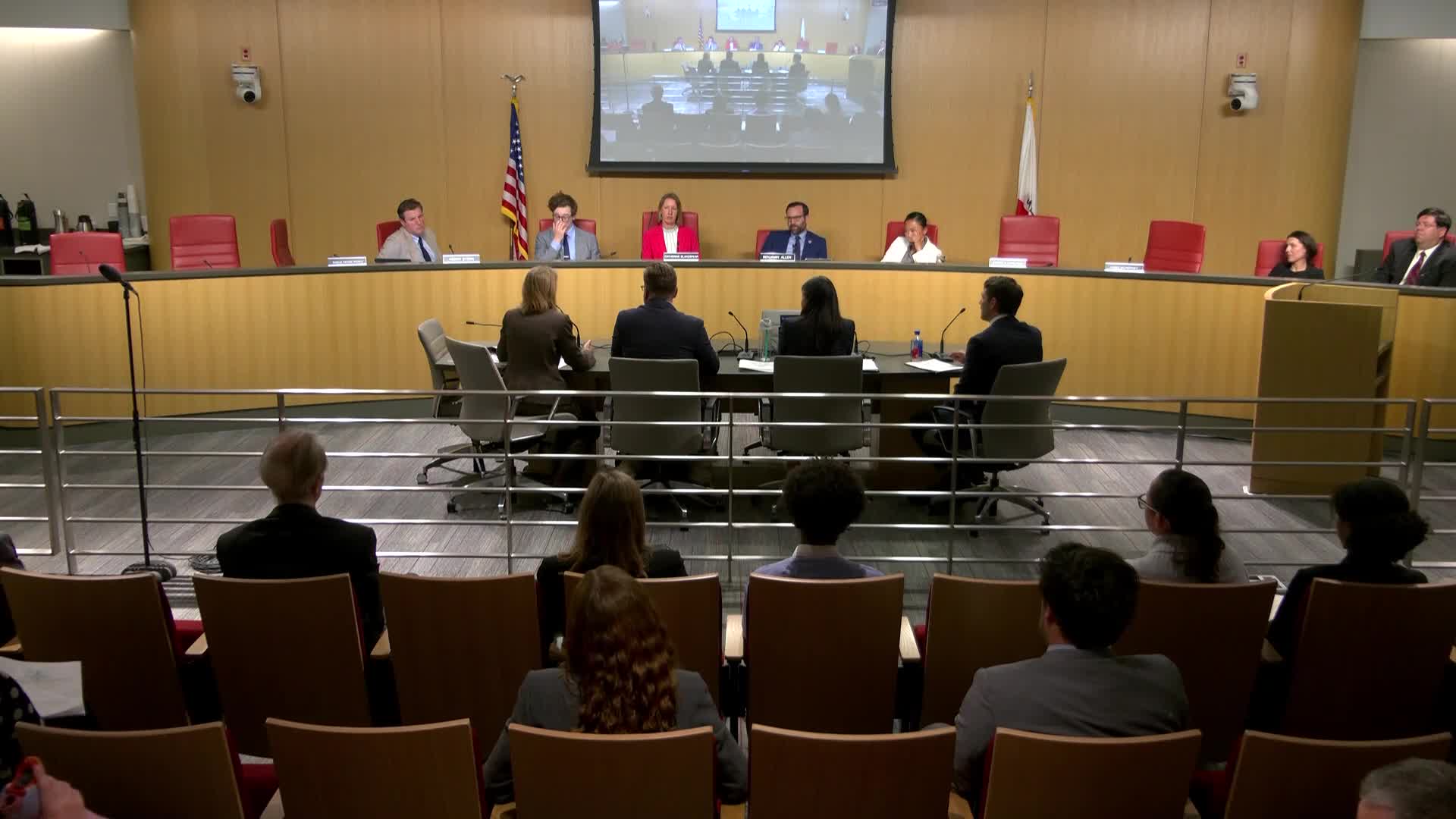High-Speed Rail Authority Faces $7B Funding Gap and Funding Stream Challenges
May 08, 2025 | California State Senate, Senate, Legislative, California
This article was created by AI summarizing key points discussed. AI makes mistakes, so for full details and context, please refer to the video of the full meeting. Please report any errors so we can fix them. Report an error »

California's ambitious high-speed rail project faces a daunting $7 billion funding gap, as highlighted in a recent joint hearing by the Senate Budget and Fiscal Review Subcommittee and the Senate Environmental Quality Committee. The discussions underscored the urgent need for a clear funding strategy to ensure the project's viability, particularly as the state grapples with competing financial demands.
Key stakeholders emphasized that while the high-speed rail initiative is a priority, the current cap-and-trade revenues are insufficient to cover the immediate multibillion-dollar funding needs. The timing mismatch between the availability of cap-and-trade funds and the project's financial requirements poses significant challenges. Legislators are now tasked with determining not only the future of high-speed rail but also how to effectively allocate funding to support it.
The hearing revealed skepticism regarding the feasibility of securitizing cap-and-trade revenues, given their historical volatility and the potential for future program suspensions. Experts cautioned that relying solely on these funds could jeopardize the project's financial stability, urging the legislature to consider alternative, more secure funding sources as a backstop.
As the state navigates these complex financial waters, the urgency for decisive action is clear. The legislature must balance the high-speed rail's aspirations with the reality of limited fiscal resources, ensuring that any funding strategy aligns with broader environmental and economic goals. The outcome of these discussions will significantly impact California's transportation future and its commitment to reducing greenhouse gas emissions.
Key stakeholders emphasized that while the high-speed rail initiative is a priority, the current cap-and-trade revenues are insufficient to cover the immediate multibillion-dollar funding needs. The timing mismatch between the availability of cap-and-trade funds and the project's financial requirements poses significant challenges. Legislators are now tasked with determining not only the future of high-speed rail but also how to effectively allocate funding to support it.
The hearing revealed skepticism regarding the feasibility of securitizing cap-and-trade revenues, given their historical volatility and the potential for future program suspensions. Experts cautioned that relying solely on these funds could jeopardize the project's financial stability, urging the legislature to consider alternative, more secure funding sources as a backstop.
As the state navigates these complex financial waters, the urgency for decisive action is clear. The legislature must balance the high-speed rail's aspirations with the reality of limited fiscal resources, ensuring that any funding strategy aligns with broader environmental and economic goals. The outcome of these discussions will significantly impact California's transportation future and its commitment to reducing greenhouse gas emissions.
View full meeting
This article is based on a recent meeting—watch the full video and explore the complete transcript for deeper insights into the discussion.
View full meeting
